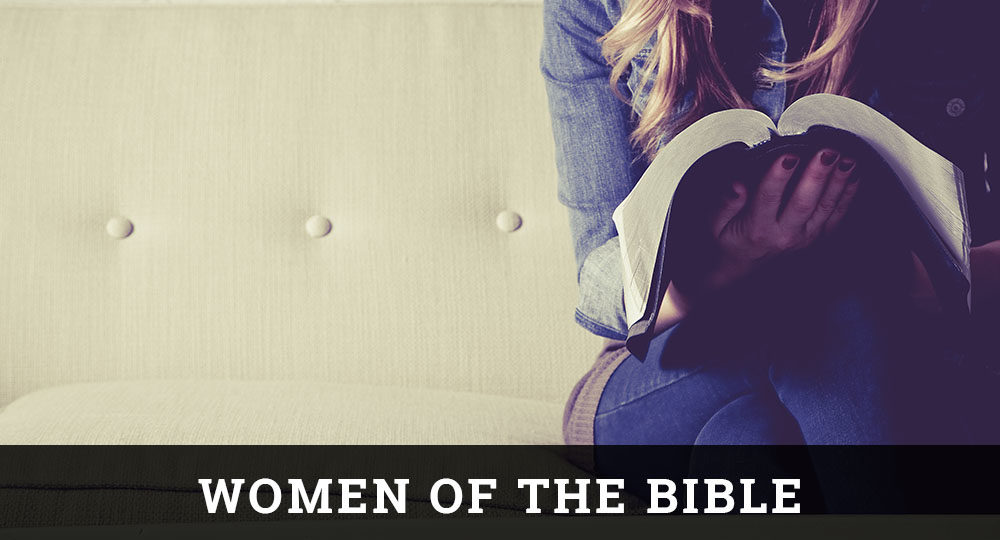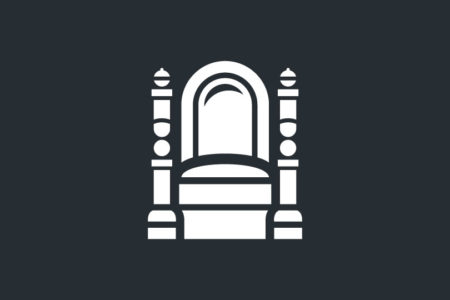Mother Rachel Part One
They come by the thousands, bringing their prayer books, their handkerchiefs, their heartaches and tears. Some weep quietly; others cry uncontrollably. But almost all of them cry. These are the Jewish women who come to the outskirts of Bethlehem to pray at Kever Rachel (Rachel’s Tomb), the third holiest site to the Jewish people of the world.
Often they come by the busload. Sometimes they are barren women who can’t have children. They pray at Kever Rachel, swaying back and forth in traditional Jewish fashion as they recite the Psalms, convinced that God has heard their prayers and they will bear children. Miraculously, some of them do.
Not many holy places remain these days for the descendants of Jacob. The second most revered site, the Tomb of the Patriarchs in Hebron, where Abraham, Isaac, Jacob, and their wives are thought to be buried, is in Arab hands on the West Bank and has a mosque on it. Joseph’s Tomb in Nablus, also in Palestinian hands, was relinquished by the Israel Defense Forces on October 7 last year after the Palestinians stormed it, destroyed it, and eventually hoisted a Palestinian flag atop it. Now it, too, has a mosque on it.
And the holiest site in all Judaism, the Temple Mount, which includes the Western (Wailing) Wall, is today on the precipice of being snatched away from Israel and handed to the Palestinians by a world that couldn’t care less about the Jewish people. So what else is new? It has had a mosque on it for years.
But Kever Rachel is different. Jewish people—particularly the religious women—have revered this site for 3,000 years. In 1995 the Israeli government heeded the enormous outcry of its people and established a yeshiva (Jewish school) there shortly before it ceded Bethlehem to the Arabs. For the first time in 150 years, a Jewish building was erected there. It is called the Yeshiva of Rachel’s Tomb and maintains a continual, Jewish presence.
But more trouble came in 1996 when the Palestinians rioted, stormed Rachel’s Tomb, and tried to capture it. The Israeli government shut down the familiar white-domed site, spent $2 million to build a high concrete wall around it with guard towers, enlarged the prayer area, and reopened it in 1997 on the 11th of Heshvan (November), the traditional anniversary of Rachel’s death and a type of Mother’s Day in Israel.
What is it about Rachel that Jewish women hold so dear? What about Leah? Both built the house of Israel through their children (Ruth 4:11). But no one refers to Leah as Mother Leah. It is only “Mother Rachel.”
Leah and Rachel were the children of Laban, a scheming, greedy, deceitful man who apparently valued sheep and goats more than his daughters. Their story is probably one of the best-known in Scripture—and also one of the saddest.
It began at a well at Paddan-aram in Syria, south of Turkey. Jacob had arrived there after a long journey from his home in Canaan, which he fled after pretending to be Esau and tricking his father, Isaac, into giving him the blessing due the firstborn. In Paddan-aram, Jacob met his mother’s family for the first time. As he stood by the well, his cousin Rachel approached with her father’s sheep. The Bible says, “When Jacob saw Rachel, the daughter of Laban, his mother’s brother, . . . Jacob kissed Rachel, and lifted up his voice, and wept” (Gen. 29:10–11). Jacob was 77 at the time. (His age can be determined from Genesis 31:41; 41:46, 53–54; 45:11; 47:9.) Rachel, no doubt, was substantially younger. If she was the age of most marriageable girls then, she could have been as young as 14 when they met.1
Laban took his nephew in, and soon Jacob fell deeply in love with the beautiful Rachel. Jacob worked for Laban seven years to obtain Rachel. But when the time came to receive her, Laban substituted her older sister, Leah. So Jacob married Leah, thinking she was Rachel and, the next morning, discovered that he had been deceived. He had reaped what he had sown.
On Laban’s part, it was a crafty move. By withholding Rachel, he extracted seven more years’ labor from Jacob. “Fulfill her [Leah’s] week,” Laban said, “and we will give thee this [Rachel] also for the service which thou shalt serve with me yet seven other years” (29:27). So Jacob lived with Leah seven days, then received Rachel also (29:28) and worked seven years more. Thus Laban gave Leah to a man who neither wanted her nor loved her (29:30–31); and he pitted two sisters against each other, making them rivals for the affection of one man.
For 13 years, they competed with each other. Leah bore Reuben, Simeon, Levi, Judah, Issachar, and Zebulun. And with almost every birth, she articulated her longing for her husband’s love. Rachel had Jacob’s love, but she could not have his children. The Scripture says, “When Rachel saw that she bore Jacob no children, Rachel envied her sister; and said unto Jacob, Give me children, or else I die” (30:1).







